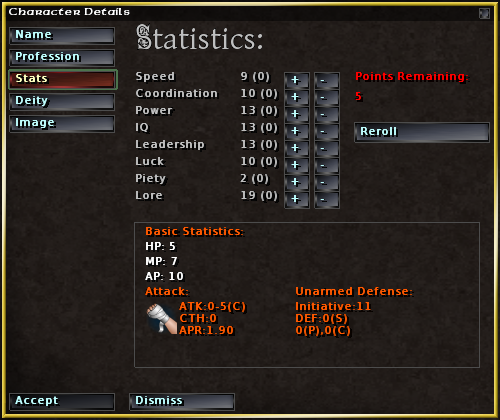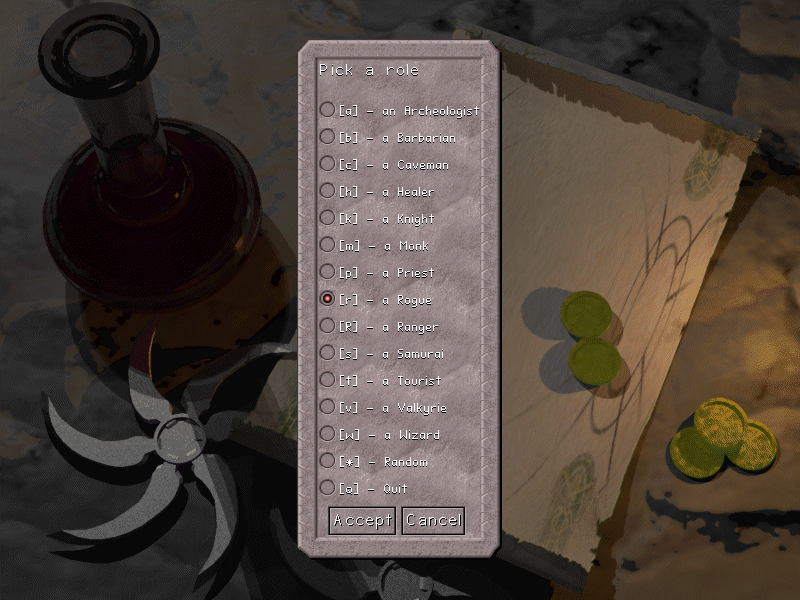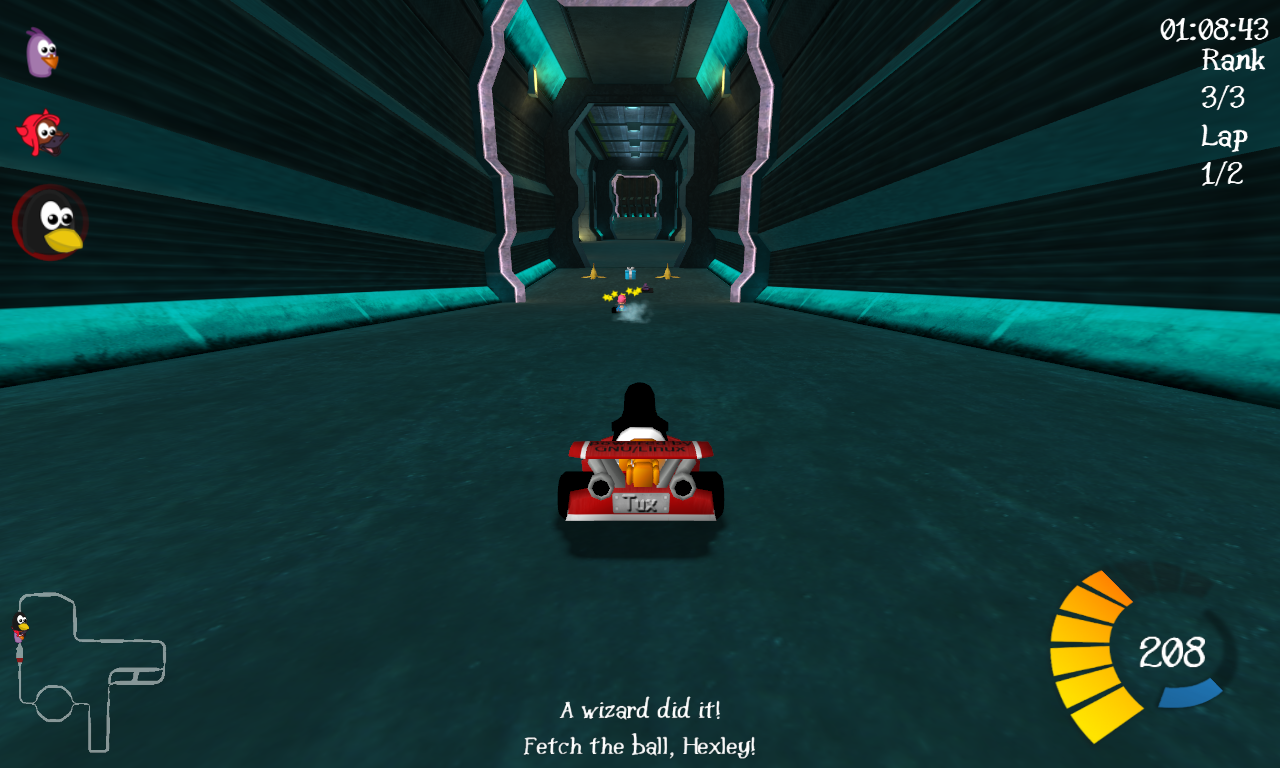|
The Magic Of Scheherazade
''The Magic of Scheherazade'' is an action-adventure/role-playing video game (RPG) developed and released by Culture Brain for the Nintendo Entertainment System (NES). The game was released in 1987 in Japan and 1990 in North America. The plot is based on Middle Eastern folktales found in ''One Thousand and One Nights''. It involves an amnesic hero traveling through time in an attempt to rescue the princess Scheherazade from the evil wizard Sabaron, who has summoned a horde of demons to bring chaos to the once peaceful land of Arabia. ''The Magic of Scheherazade'' is divided into chapters and incorporates elements of both action-adventure and RPG gameplay styles. In each chapter, the player character can freely explore an overworld in a top-down perspective. The player engages hostile enemies with various weapons and spells through both real-time solo action on the overhead map and random, turn-based battles fought alongside befriended allies. Once the commercial viability of the N ... [...More Info...] [...Related Items...] OR: [Wikipedia] [Google] [Baidu] |
Culture Brain
is a Japanese video game developer and publisher founded on October 5, 1980. In 2016, it was renamed Culture Brain Excel. History Culture Brain was founded in 1980 as Nihon Game Corporation. In 1981, a subsidiary to handle the sales operations of the company was established. Its first video games were arcades games, with titles such as ''Shanghai Kid'' and '' Chinese Hero'' that were manufactured under "Taiyo Systems" trademark. In 1987, it transitioned from arcade to console video games and renamed itself "Culture Brain". The company has also alternatively used the brand "Micro Academy" in the mid-1980s. In North America, Culture Brain is mostly known for its six video games for the Nintendo Entertainment System and its three for the Super NES. Two of those games, ''The Magic of Scheherazade'' and '' Flying Warriors'', were strongly redesigned by Culture Brain USA (the company's division in Redmond, Washington) to better appeal North American consumers. Culture Brain was dis ... [...More Info...] [...Related Items...] OR: [Wikipedia] [Google] [Baidu] |
Real-time Game
In video and other games, the passage of time must be handled in a way that players find fair and easy to understand. This is usually done in one of the two ways: real-time and turn-based. Real-time Real-time games have game time progress continuously according to the game clock. One example of such a game is the sandbox game ''Terraria'', where one day-night cycle of 24 hours is equal to 24 minutes in real time. Players perform actions simultaneously as opposed to in sequential units or turns. Players must perform actions with the consideration that their opponents are actively working against them in real time, and may act at any moment. This introduces time management considerations and additional challenges (such as physical coordination in the case of video games). Real-time gameplay is the dominant form of time-keeping found in simulation video games, and has to a large degree supplanted turn-based systems in other video game genres as well (for instance real-time strateg ... [...More Info...] [...Related Items...] OR: [Wikipedia] [Google] [Baidu] |
Non-player Character
A non-player character (NPC), or non-playable character, is any character in a game that is not controlled by a player. The term originated in traditional tabletop role-playing games where it applies to characters controlled by the gamemaster or referee rather than by another player. In video games, this usually means a character controlled by the computer (instead of a player) that has a predetermined set of behaviors that potentially will impact gameplay, but will not necessarily be the product of true artificial intelligence. Role-playing games In a traditional tabletop role-playing game such as ''Dungeons & Dragons'', an NPC is a character portrayed by the gamemaster (GM). While the player characters (PCs) form the narrative's protagonists, non-player characters can be thought of as the "supporting cast" or "extras" of a roleplaying narrative. Non-player characters populate the fictional world of the game, and can fill any role not occupied by a player character. Non-player ... [...More Info...] [...Related Items...] OR: [Wikipedia] [Google] [Baidu] |
Time Travel
Time travel is the concept of movement between certain points in time, analogous to movement between different points in space by an object or a person, typically with the use of a hypothetical device known as a time machine. Time travel is a widely recognized concept in philosophy and fiction, particularly science fiction. The idea of a time machine was popularized by H. G. Wells' 1895 novel ''The Time Machine''. It is uncertain if time travel to the past is physically possible, and such travel, if at all feasible, may give rise to questions of causality. Forward time travel, outside the usual sense of the perception of time, is an extensively observed phenomenon and well-understood within the framework of special relativity and general relativity. However, making one body advance or delay more than a few milliseconds compared to another body is not feasible with current technology. As for backward time travel, it is possible to find solutions in general relativity that allow ... [...More Info...] [...Related Items...] OR: [Wikipedia] [Google] [Baidu] |
Video Game Graphics
A variety of computer graphic techniques have been used to display video game content throughout the history of video games. The predominance of individual techniques have evolved over time, primarily due to hardware advances and restrictions such as the processing power of central or graphics processing units. Text-based Some of the earliest video games were text games or text-based games that used text characters instead of bitmapped or vector graphics. Examples include MUDs (''multi-user dungeons''), where players could read or view depictions of rooms, objects, other players, and actions performed in the virtual world; and roguelikes, a subgenre of role-playing video games featuring many monsters, items, and environmental effects, as well as an emphasis on randomization, replayability and permanent death. Some of the earliest text games were developed for computer systems which had no video display at all. Text games are typically easier to write and require less proce ... [...More Info...] [...Related Items...] OR: [Wikipedia] [Google] [Baidu] |
Attribute (role-playing Games)
An attribute is a piece of data (a "statistic (role-playing games), statistic") that describes to what extent a fictional character in a role-playing game possesses a specific natural, in-born Property (philosophy), characteristic common to all characters in the game. That piece of data is usually an abstract number or, in some cases, a dice pool, set of dice. Some games use different terms to refer to an attribute, such as statistic, (primary) characteristic or ability. A number of role-playing games like ''Fate (role-playing game system), Fate'' do not use attributes at all. The nature of attributes There is no uniform consensus on what ability scores are, even if many role-playing games have them, but games that use them have a common theme. According to the BBC Cult TV website "''All characters have Attributes — basic physical and mental abilities.''" and in the ''Pathfinder Roleplaying Game'' "''Each character has six ability scores that represent his character's most b ... [...More Info...] [...Related Items...] OR: [Wikipedia] [Google] [Baidu] |
Character Class
In tabletop games and video games, a character class is a job or profession commonly used to differentiate the abilities of different game characters. In role-playing games (RPGs), character classes aggregate several abilities and aptitudes, and may also detail aspects of background and social standing, or impose behavior restrictions. Classes may be considered to represent archetypes, or specific careers. RPG systems that employ character classes often subdivide them into levels of accomplishment, to be attained by players during the course of the game. It is common for a character to remain in the same class for its lifetime; although some games allow characters to change class, or attain multiple classes. Some systems eschew the use of classes and levels entirely; others hybridize them with skill-based systems or emulate them with character templates. In shooter games and other cooperative video games, classes are generally distinct roles with specific purposes, weapons or ... [...More Info...] [...Related Items...] OR: [Wikipedia] [Google] [Baidu] |
Head-up Display (video Gaming)
In video gaming, the HUD (heads-up display) or status bar is the method by which information is visually relayed to the player as part of a game's user interface. It takes its name from the head-up displays used in modern aircraft. The HUD is frequently used to simultaneously display several pieces of information including the main character's health, items, and an indication of game progression (such as score or level). Shown on the HUD While the information that is displayed on the HUD depends greatly on the game, there are many features that players recognize across many games. Most of them are static onscreen so that they stay visible during gameplay. Common features include: * Health/lives – this might include the player's character and possibly other important characters, such as allies or bosses. Real-time strategy games usually show the health of every unit visible on screen. Also, in many (but not all) first- and third-person shooters, when the player is damaged ... [...More Info...] [...Related Items...] OR: [Wikipedia] [Google] [Baidu] |
Gamepad
A gamepad is a type of video game controller held in two hands, where the fingers (especially thumbs) are used to provide input. They are typically the main input device for video game consoles. Features Gamepads generally feature a set of buttons handled with the right thumb and a direction controller handled with the left. The direction controller has traditionally been a four-way digital cross (also named a joypad, or alternatively a D-pad, and never called arrow keys), but most modern controllers additionally (or as a substitute) feature one or more analog sticks. Some common additions to the standard pad include shoulder buttons (also called "bumpers") and triggers placed along the edges of the pad (shoulder buttons are usually digital, i.e. merely on/off; while triggers are usually analog); centrally placed ''start'', ''select'', and ''home'' buttons, and an internal motor to provide force feedback. Analog triggers, like that of the GameCube controller, are pressure ... [...More Info...] [...Related Items...] OR: [Wikipedia] [Google] [Baidu] |
Password (video Gaming)
In many video games of the 1980s and 1990s, passwords are used to select a starting level, or to restore the game to a particular state visited in a previous playthrough. Such passwords are given to the player when a level is beaten, or when all continues are used. Overlapping in many ways with cheat codes, passwords are distinguished from codes in that they are revealed to the player outright rather than hidden within the game code, and using them is generally not considered cheating. They are rarely used today, having been largely supplanted by saved games. Rationale and history Passwords were used when storage was either impossible or expensive. On early ROM cartridges, games could not be saved without an additional memory card being integrated into the game, significantly increasing (often doubling) the manufacturing cost. By using passwords, nothing needed to be written on the cartridge, as the password itself contained all the information needed to continue the game, and ... [...More Info...] [...Related Items...] OR: [Wikipedia] [Google] [Baidu] |
Action-adventure Game
The action-adventure genre is a video game hybrid genre that combines core elements from both the action game and adventure game genres. Typically, pure adventure games have situational problems for the player to solve to complete a storyline, involving very little to no action. If there is action, it is generally confined to isolated instances. Pure action games have gameplay based on real-time interactions that challenges the player's reflexes and eye–hand coordination. Action-adventure games combine these genres by engaging both reflexes and eye–hand coordination and problem-solving skills. Definition An action adventure game can be defined as a game with a mix of elements from an action game and an adventure game, especially crucial elements like puzzles. Action-adventures require many of the same physical skills as action games, but also offer a storyline, numerous characters, an inventory system, dialogue, and other features of adventure games. They are fast ... [...More Info...] [...Related Items...] OR: [Wikipedia] [Google] [Baidu] |
Magic Of Scheherazade - Water World Mooroon
Magic or Magick most commonly refers to: * Magic (supernatural), beliefs and actions employed to influence supernatural beings and forces * Ceremonial magic, encompasses a wide variety of rituals of magic * Magical thinking, the belief that unrelated events are causally connected, particularly as a result of supernatural effects * Magic (illusion), the art of appearing to perform supernatural feats Magic(k) may also refer to: Art and entertainment Film and television * ''Magic'' (1917 film), a silent Hungarian drama * ''Magic'' (1978 film), an American horror film * ''Magic'' (soap opera), 2013 Indonesian soap opera * Magic (TV channel), a British music television station Literature * Magic in fiction, the genre of fiction that uses supernatural elements as a theme * ''Magic'' (Chesterton play), 1913 * ''Magic'' (short story collection), 1996 short story collection by Isaac Asimov * ''Magic'' (novel), 1976 novel by William Goldman * ''The Magic Comic'', a 1939â ... [...More Info...] [...Related Items...] OR: [Wikipedia] [Google] [Baidu] |

.jpg)



